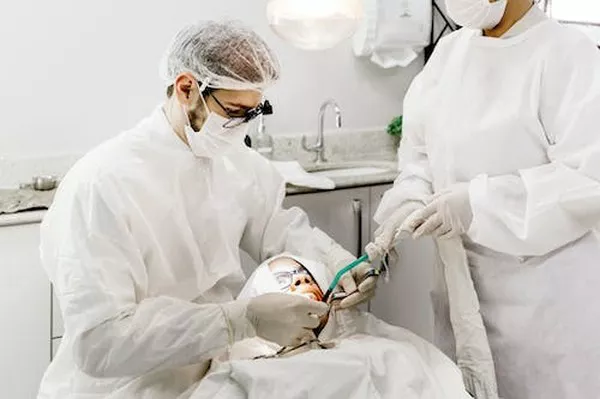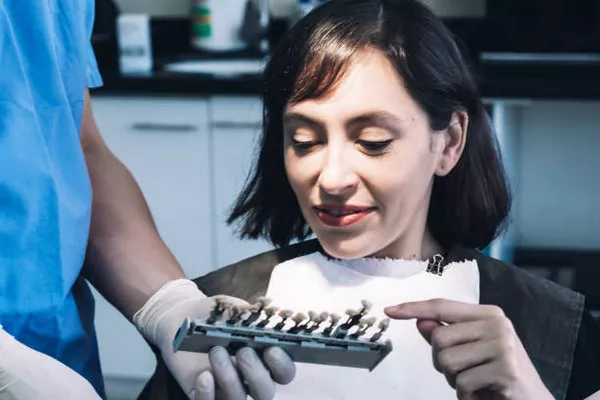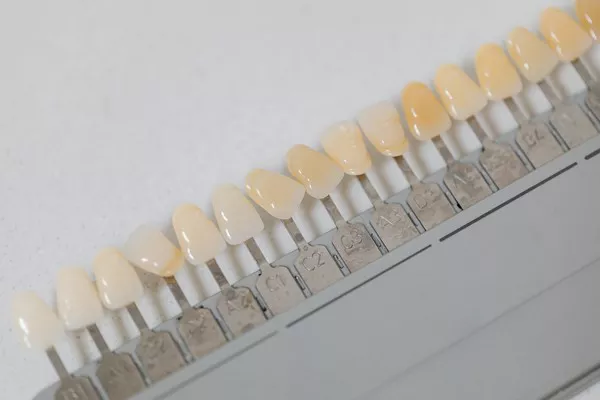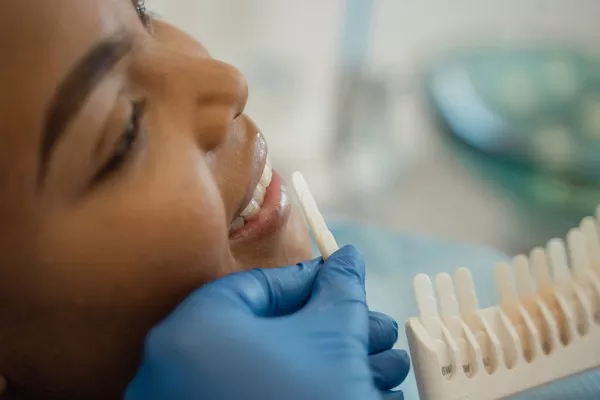Teeth whitening has become a popular aesthetic procedure, with numerous methods available to achieve a brighter smile. Among these, teeth whitening accelerator lights have gained attention for their purported ability to enhance the whitening process. This article explores the effectiveness, safety, and overall value of these devices.
Explanation of Teeth Whitening Lights
Teeth whitening accelerator lights are devices used to enhance the effect of whitening agents applied to the teeth. Typically, these lights are part of a whitening kit that includes a gel or paste containing hydrogen peroxide or carbamide peroxide, which are common bleaching agents. The lights, often LED or blue light, are applied to the teeth after the whitening agent is in place, aiming to accelerate the chemical reaction that whitens the teeth.
How They Work
The primary function of LED or blue light in teeth whitening is to act as a catalyst for the bleaching agents. When hydrogen peroxide is exposed to light, it breaks down faster into oxygen molecules. These oxygen molecules penetrate the enamel and break down stains within the teeth. By speeding up this process, the theory is that the light can enhance the overall whitening effect, reducing the time needed for treatment and potentially improving the results.
Effectiveness
The effectiveness of teeth whitening lights is a topic of ongoing debate and research. Some studies suggest that these lights can indeed speed up the whitening process:
A study published in the Journal of the American Dental Association found that LED lights used in conjunction with whitening agents can enhance the bleaching effect, leading to whiter teeth in a shorter period.
Another research article in the Journal of Clinical Dentistry reported that participants using LED light along with a hydrogen peroxide gel saw more significant whitening compared to those using the gel alone.
However, it’s important to note that results can vary widely among individuals. Factors such as the initial color of the teeth, the type and concentration of the whitening agent, and the duration of light exposure all play a role in the effectiveness of the treatment.
see also: Which Pet Insurance Covers Dental Cleaning
Safety
When it comes to safety, LED lights are generally considered safe for dental whitening purposes. Unlike UV light, which carries risks of tissue damage and increased cancer risk due to its high energy, LED lights operate at a lower energy level and do not produce harmful radiation.
Potential risks and side effects of using LED teeth whitening lights include:
Tooth Sensitivity: Some users may experience increased tooth sensitivity after treatment, although this is typically temporary.
Gum Irritation: If the whitening gel comes into contact with the gums, it can cause irritation. It’s crucial to follow instructions carefully to minimize this risk.
Enamel Damage: Overuse of whitening products, including those with accelerator lights, can potentially weaken the enamel if used excessively.
Professional vs. At-Home Use
Professional Use:
Dental Clinics: Dentists often use more powerful whitening agents and professional-grade LED lights that can provide faster and more noticeable results. The procedure is closely monitored to ensure safety and effectiveness.
Customization: Treatments can be tailored to the individual’s needs, with custom-fitted trays and precise application of the whitening gel.
At-Home Use:
Convenience: At-home kits offer the convenience of performing the treatment at your own pace and in your own space.
Effectiveness: At-home kits generally use lower concentrations of bleaching agents and less powerful lights compared to professional treatments. This may result in less dramatic outcomes and longer treatment times.
Cost: At-home kits are typically more affordable than professional treatments but may require more frequent use to maintain results.
Dentist Recommendations
Dental professionals generally agree that while teeth whitening lights can be effective, they should be used with caution. Many recommend consulting with a dentist before starting any whitening regimen, especially those involving lights.
Dr. Jane Doe, DDS: “Teeth whitening lights can be a useful addition to a whitening routine, but it’s important to ensure they are used correctly and not overused. Professional guidance can help maximize benefits while minimizing risks.”
Alternatives
For those who prefer not to use whitening lights, there are several alternative methods to achieve a brighter smile:
Whitening Toothpaste: Contains mild abrasives and low concentrations of bleaching agents to help remove surface stains.
Whitening Strips: These adhesive strips are coated with a peroxide-based gel and applied to the teeth for a set period.
Professional Cleanings: Regular dental cleanings can remove surface stains and tartar, contributing to a whiter smile.
Natural Remedies: Baking soda and hydrogen peroxide mixtures, oil pulling, and other natural methods may offer mild whitening effects, although these are less scientifically validated.
see also: Why Are My Teeth Yellow Behind
Cost-Benefit Analysis
The cost of teeth whitening lights varies depending on the brand and whether they are part of a professional or at-home kit. At-home kits can range from $50 to $200, while professional treatments may cost several hundred dollars.
Cost-Benefit Analysis:
At-Home Kits: More affordable and convenient but may require longer use for noticeable results.
Professional Treatments: More expensive but typically offer quicker and more significant whitening effects. The higher initial cost may be offset by the reduced need for frequent touch-ups.
Best Practices
To use teeth whitening lights effectively and safely:
Follow Instructions: Adhere to the manufacturer’s guidelines for application times and frequency.
Consult a Dentist: Before starting any whitening regimen, get professional advice to ensure it’s suitable for your dental health.
Protect Your Gums: Use barriers or apply petroleum jelly to the gums to prevent irritation from the whitening gel.
Monitor Sensitivity: If you experience significant sensitivity or discomfort, reduce the frequency of use or switch to a gentler product.
Maintain Oral Hygiene: Continue regular brushing and flossing to keep your teeth clean and support the whitening process.
Conclusion
Teeth whitening accelerator lights can be a beneficial addition to a whitening routine, offering potentially faster and more noticeable results. However, their effectiveness can vary, and they should be used with care to avoid potential side effects. Consulting with a dental professional and following best practices can help ensure a safe and effective whitening experience.
You Might Be Interested In






























